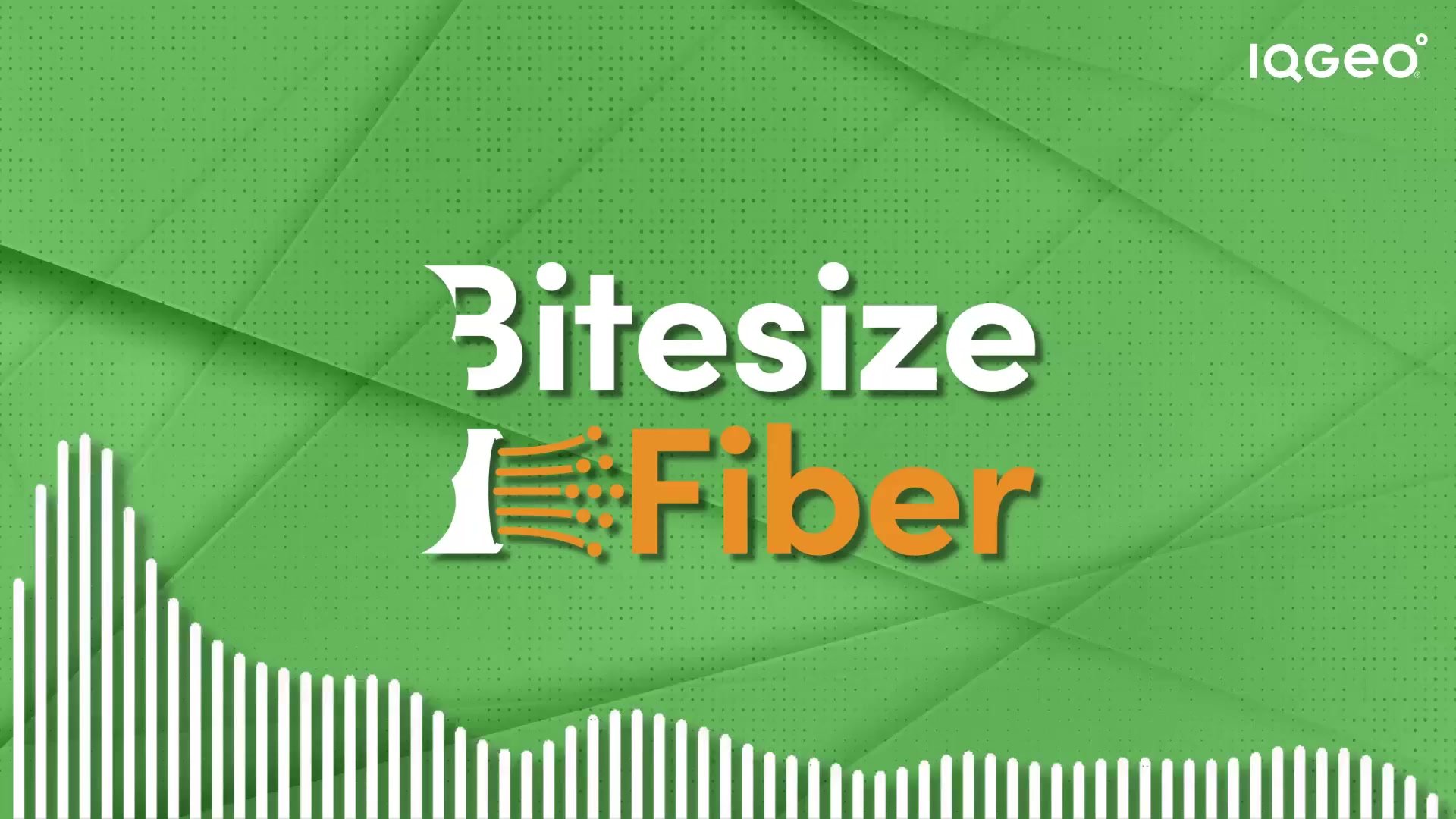A link loss budget analysis is how operators measure the operating characteristics of their networks. They are used to confirm that network equipment can support the target fiber optic link before the network is actually built.
In a link loss budget analysis, operators are testing attenuation and bandwidth across routing, components, fiber cables, length, and active components. In any network, signal strength weakens as it moves further and further away from the transmitting source. Signal is also lost at connector and splice points, which is why it’s necessary to ensure that signals make it from end to end without degrading too much.
The following steps are used to calculate total link loss margin:
- Calculate fiber loss by multiplying cable length by standard loss values
- Calculate connector loss by multiplying total connectors by standard loss values
- Calculate splice loss by multiplying total splices by standard loss values
- Calculate cable plant loss by adding fiber, connector, and splice loss values
- Calculate loss margin by subtracting cable plant loss from the projected dynamic range
- Ensure link loss margin is greater than 3dB to account for equipment degradation
Similar articles:

 Previous
Previous







